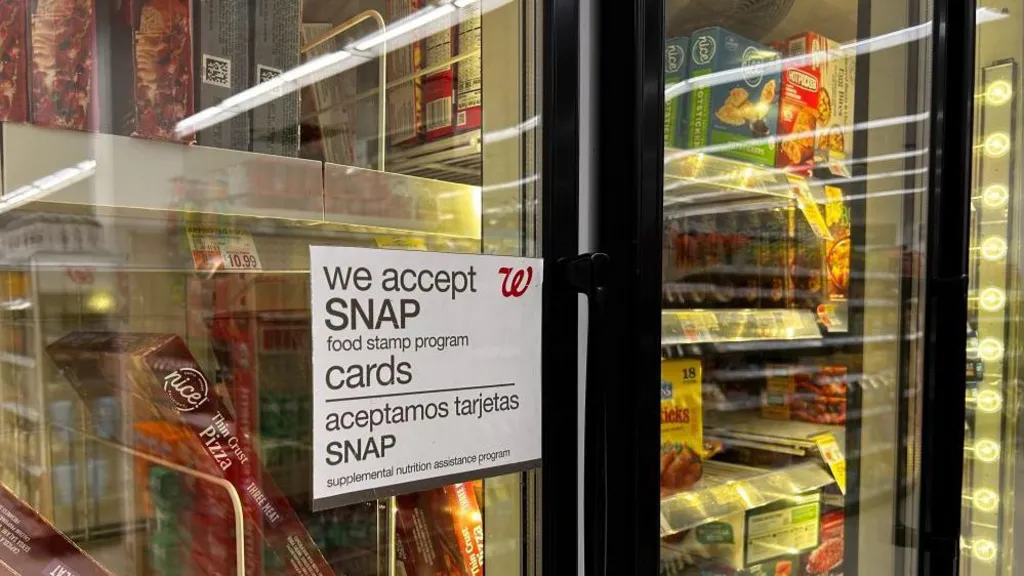
This article is more than
6 year oldU.S. Adds 196,000 Jobs in March, a Return to Solid Growth
First, the good news: The U.S. economy added 196,000 jobs in March, momentarily allaying concerns that the hot labor market was cooling. It was a sigh of relief for investors, especially after February’s surprisingly weak jobs report.
Now the bad: A better-than-expected headline figure is masking a number of weaknesses — including sharp losses in manufacturing and retail, wage growth that’s cooling, and an overall trend in job creation that’s weaker than it was last year.
“While job growth has remained solid overall, we have seen net hiring in the goods sector moderate,” said Daniel Silver, economist at JPMorgan Chase. “The manufacturing data, in particular, have been soft lately, consistent with a range of other related measures.”
Indeed, there’s been little relief for a beleaguered manufacturing sector, which shed 6,000 jobs in March after adding 20,000 jobs during the comparable period last year. Retail hemorrhaged more than 11,000 positions during the month, a slower pace of losses than in February but the continuation of a worrisome trend for the battered sector.
‘Far from firing on all cylinders’
Although the unemployment rate was unchanged at 3.8%, the household survey measure of employment contracted, while average hourly earnings barely rose —adding to continued concerns about income inequality and the raging debate over whether capitalism is working for everyone.
"Far from firing on all cylinders, there were some employment declines worth noting among certain sectors,” explained Mark Hamrick, Bankrate.com's senior economic analyst.
Pointing to losses in retail, autos and temporary jobs, Hamrick added that “with significant job cuts announced in retail in recent months, this trend of disruption and innovation will be with us for the foreseeable future."
Amid growing jitters about global growth, there’s “nothing [in the jobs data] to shift the dial very far in either direction,” wrote Paul Ashworth, chief US economist at Capital Economics on Friday.
Calling the data “disappointing,” Ashworth added that “the gradual slowdown in trend employment growth is another sign that the economy is weakening.”
Martha Gimbel, Hiring Lab’s director of economic research, noted that “for the first time in two and a half years, the share of the unemployed who are long-term unemployed was higher than it was at this time last year.”
She added that “in addition, the share of workers who are stuck in part-time employment but who would prefer full-time work ticked up after finally hitting its low from the previous recovery last month.”
Health/education, leisure and government were the breakout winners in March’s jobs data, adding 70,000, 33,000 and 14,000 jobs, respectively.
Javier David is an editor for Yahoo Finance. Read more:
-
Jamie Dimon defends capitalism, says US socialism would be 'a disaster'
-
America's CFOs expect a downturn, but not a recession: Study
-
Why the yield curve's recession warning could be wrong this time
-
Gold demand supported as central banks sour on dollar-denominated debt
Follow Javier on Twitter: @TeflonGeek
Six experts on what March's strong job numbers mean for the US economy from CNBC.




